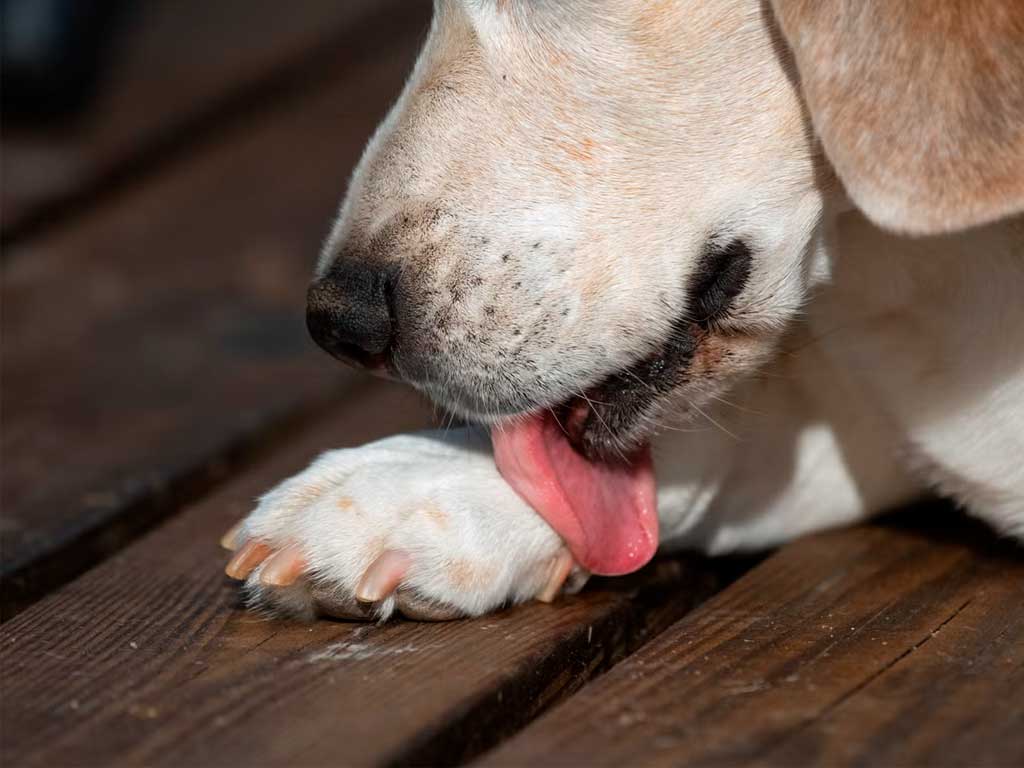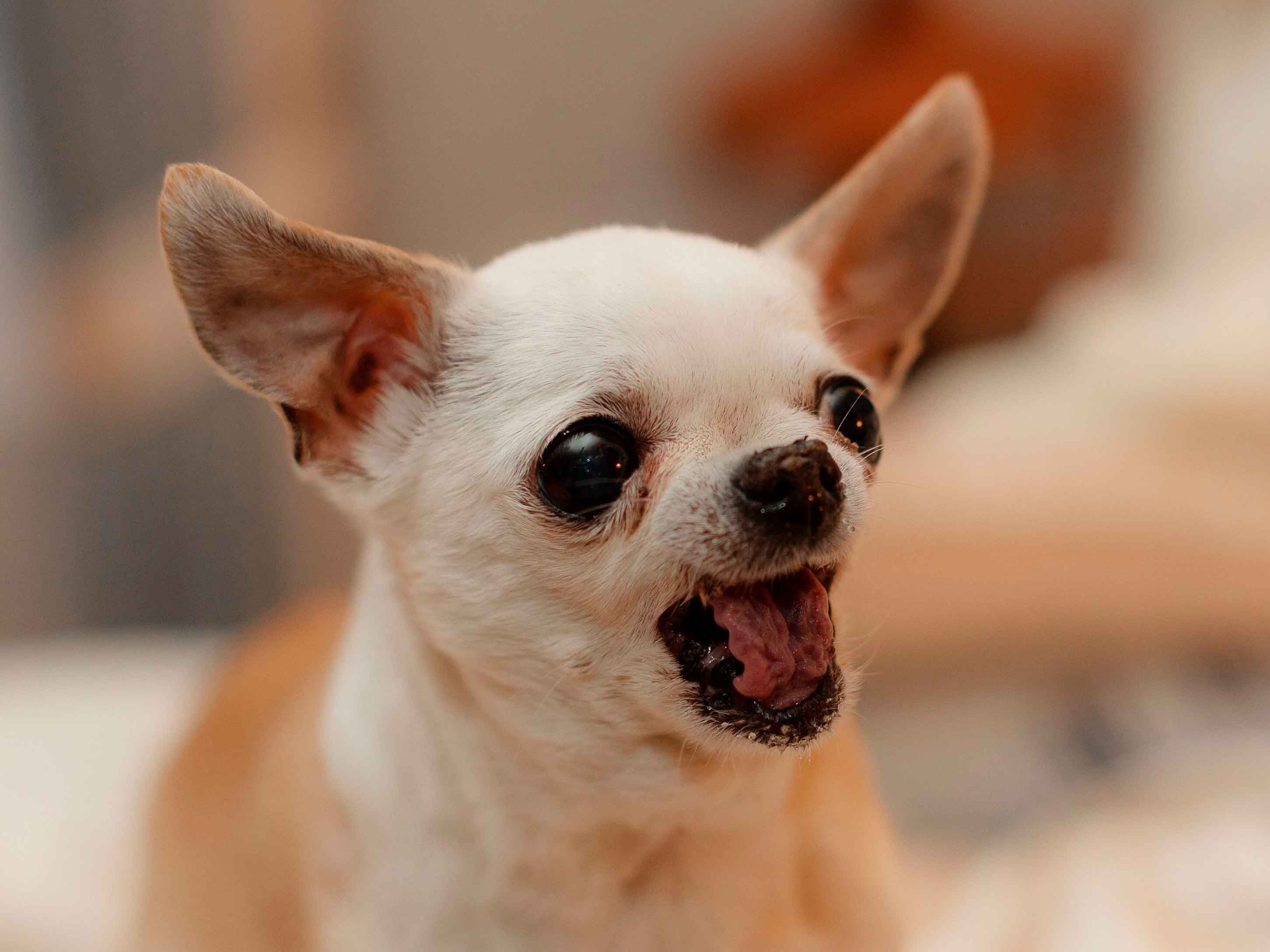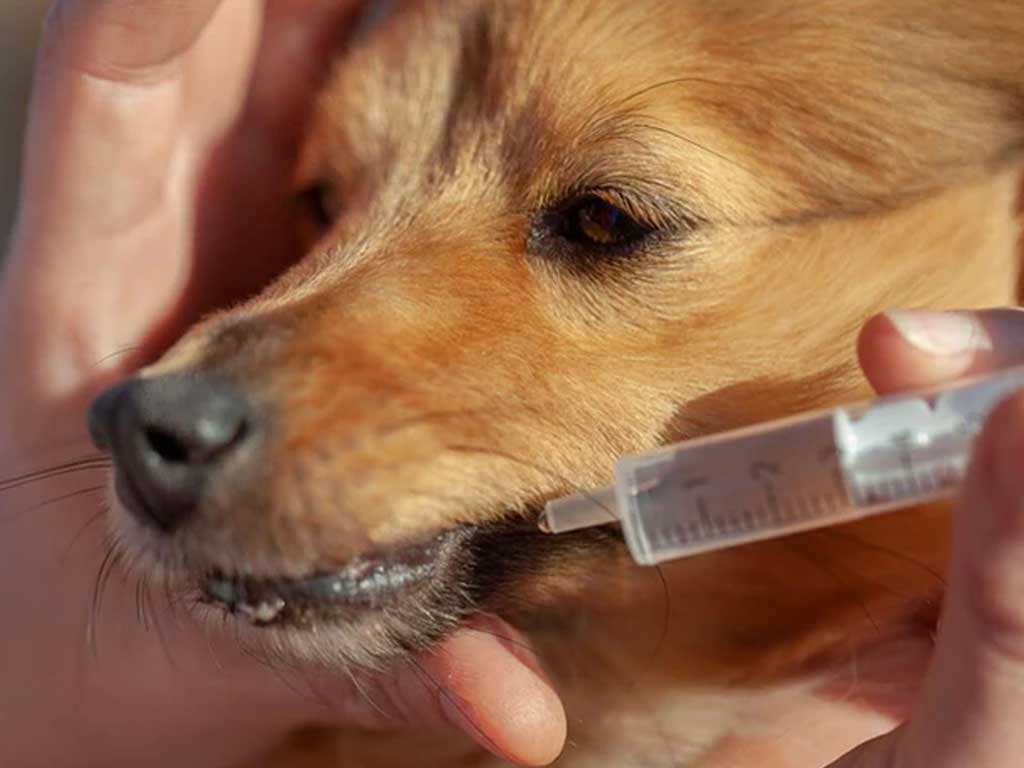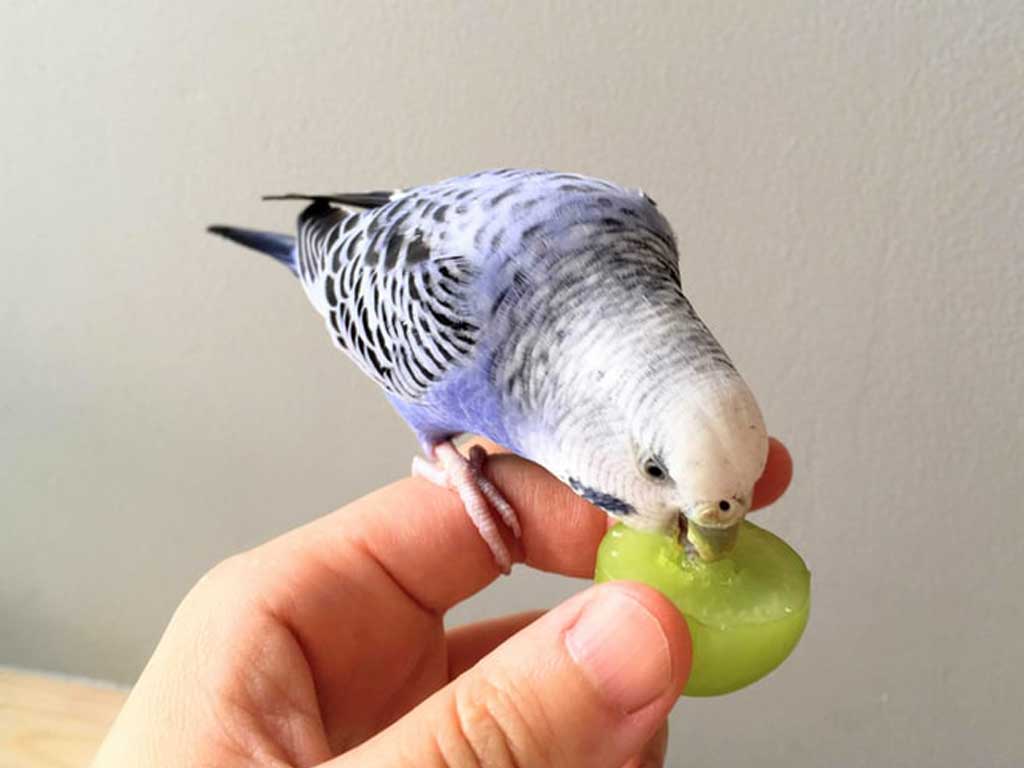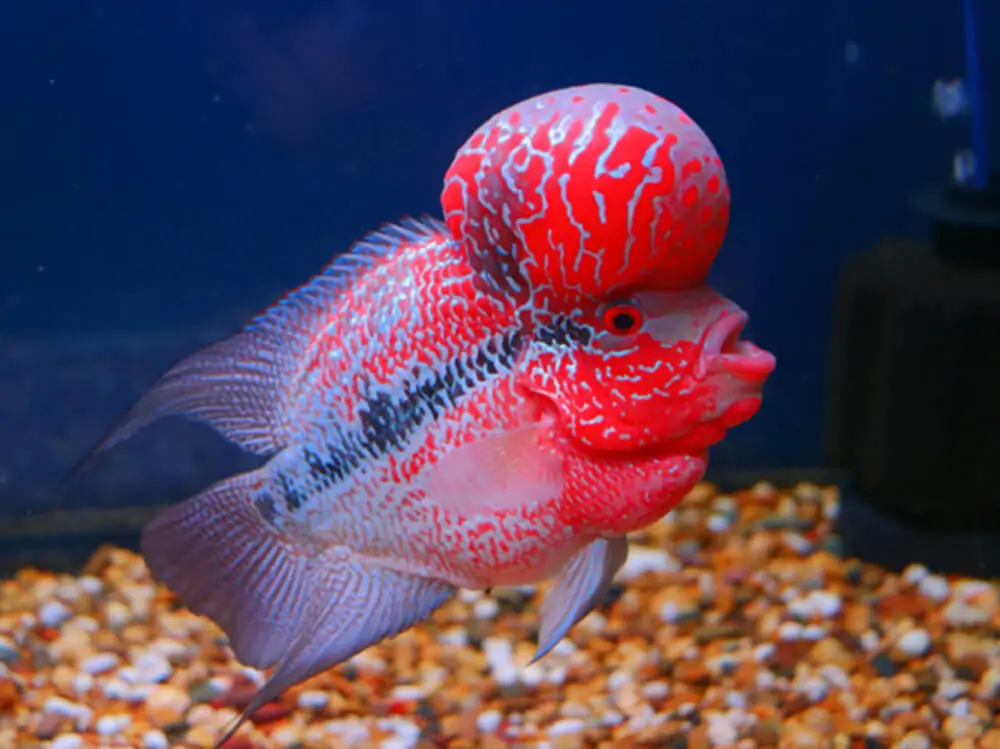If you’ve ever caught your dog repeatedly licking or biting its paws, you’re not alone. It’s a behavior that raises concern for many dog owners, especially when it seems excessive or compulsive. But why do dogs do this?
There are several reasons why your dog may be licking its paws, ranging from emotional issues to physical health problems. Understanding the root cause is essential in order to provide the right care and comfort for your furry friend. Let’s explore the six most common reasons for this behavior and what you can do at home to help.
1. Boredom: An Overlooked but Common Cause
While it might not be the first explanation that comes to mind, boredom is actually one of the most frequent—and often overlooked—reasons why dogs lick their paws excessively.
When a dog is mentally or physically under-stimulated, it may begin to engage in repetitive behaviors to cope with that lack of stimulation. Licking or chewing its paws becomes a way to self-soothe or release energy, almost like a nervous habit.
How to Help:
This issue is relatively easy to fix with a bit of effort and consistency. The key is exercise and enrichment. Take your dog on more frequent walks, allow off-leash playtime where possible, engage in interactive games, or even arrange playdates with other dogs. The change can be immediate—once your dog is mentally and physically tired, the paw licking often disappears on its own.
2. Pain: Especially in the Toes
Pain is another major reason your dog might be licking its paws, particularly in a specific area like between the toes. The spaces between the digits, known as interdigital spaces, can harbor tiny but painful irritants—like a pebble, a thorn, or even an insect stinger—that aren’t visible at first glance.
Clue to Watch For:
A helpful way to distinguish pain from other causes is by observing which paw is being licked. If your dog focuses on just one paw, pain is likely the cause. In contrast, if your dog is licking both paws, boredom or allergies might be the culprit.
What You Can Do:
Inspect the affected paw closely—use a magnifying glass if necessary. Gently wash it or soak it in cold water, which can help reduce inflammation and possibly dislodge any foreign material. This simple step can provide relief, and if the behavior stops afterward, you’ve likely found the cause.
3. Allergies: Environmental or Food-Related
Allergies are a very common cause of paw licking, especially if both front paws are affected. One typical type is atopic dermatitis, an inflammatory skin condition triggered by environmental allergens such as pollen, dust mites, or grass.
Identifying Allergic Triggers:
Before jumping to expensive testing, pay attention to the context in which the symptoms appeared:
- Did the problem begin after your dog visited a new park?
- Was there tall grass?
- Did you change their shampoo or diet?
Even something as seemingly minor as switching from beef to chicken in your dog’s food can provoke an allergic response.
Treatment Options:
- Loratadine: This human antihistamine can be used for dogs at a dose of 10 mg per kilogram, twice daily. Always consult with a vet before administering.
- Apoquel: A veterinary-specific medication that works by inhibiting the inflammatory response. Though effective, it doesn’t eliminate the allergen—it simply halts the itch. Apoquel must be given daily and can be expensive, but it provides quick relief.
4. Yeast or Fungal Infections
Another common reason for paw licking is a fungal or yeast infection, particularly in the interdigital spaces. These infections can make the skin itchy, moist, and uncomfortable, prompting your dog to lick or chew at the area excessively.
How to Test at Home:
A simple at-home method involves using Betadine (povidone-iodine):
- Mix equal parts Betadine and water.
- Apply the solution with a clean gauze pad directly between the toes.
- Let it dry naturally. To prevent licking while it dries, you can use an Elizabethan collar (also known as a cone).
If you notice a significant improvement after this treatment, it’s likely a fungal issue. In that case, further action is needed to fully resolve the infection.
Additional Treatment:
- Oral antifungals, such as ketoconazole, may be prescribed by a vet.
- Medicated washes with chlorhexidine gluconate can also help cleanse the area and reduce fungal presence.
5. External Parasites: Fleas and Ticks
Fleas and ticks love warm, moist environments—making the spaces between your dog’s toes a perfect hiding spot. While you might not always see the parasite, the irritation it causes can prompt your dog to bite, lick, or scratch at the area.
Why It’s Hard to Detect:
These pests can be tricky to spot because they often burrow in places that are hard to examine. Even after the tick or flea has dropped off, your dog might still feel the lingering discomfort or develop an allergic reaction to the bite.
Solution:
Apply a topical antiparasitic treatment specifically designed to target fleas and ticks. Be sure to follow the manufacturer’s instructions, and make it part of your pet’s routine health care.
6. Infections from Self-Trauma
Sometimes, paw licking itself leads to another issue: secondary infections. When dogs lick and bite the same area repeatedly, they can damage the skin, allowing bacteria or fungi to enter.
These infections often create a vicious cycle: the more the paw itches or hurts, the more the dog licks, which in turn worsens the condition.
What to Do:
- Interrupt the licking with a physical barrier, like a protective boot or Elizabethan collar.
- Disinfect the area using Betadine or a mild antiseptic solution.
- Seek veterinary advice for a proper diagnosis and possibly antibiotics or antifungal medications.
A dog licking its paws isn’t always a reason to panic—but it is a signal that something might not be right. From boredom and allergies to pain and parasites, there are several reasons your furry friend may be displaying this behavior. The key is to observe carefully, identify any patterns, and apply the appropriate home remedies or seek professional help if needed.
Caring for your dog means paying attention to these subtle signs and acting early. With the right attention and treatment, your dog will be back to enjoying life—paw-licking free—in no time.
Frequently Asked Questions (FAQs)
1. Why does my dog only lick one paw?
If your dog is licking just one paw, it’s likely due to localized pain—such as a small stone, thorn, or bite between the toes. Carefully examine the paw and wash it with cold water to ease the discomfort.
2. Can allergies cause my dog to lick its paws?
Yes. Environmental or food allergies, like reactions to grass, pollen, or even a change in diet, can cause itchy paws, leading to excessive licking. Treatments like antihistamines or medications like Apoquel may help.
3. What home remedy can I use for a possible fungal infection?
You can dilute Betadine with water (50/50 ratio) and apply it to the spaces between your dog’s toes using a gauze pad. Let it dry completely, possibly with an Elizabethan collar to prevent licking during drying.
4. How can I tell if it’s boredom causing the licking?
If your dog is licking both front paws and seems otherwise healthy, boredom might be the cause. Increasing walks, playtime, and mental stimulation can help stop the behavior.
5. Are fleas and ticks always visible if they are causing the problem?
Not always. These parasites can hide in hard-to-see spots like between the toes. Even if you don’t see them, the discomfort they cause may persist. Regular antiparasitic treatments can help prevent infestations.
This article is intended to provide general guidance and help you be better prepared. However, it is not a substitute for professional veterinary care. If your cat stops eating or shows signs of pain, you should urgently consult a veterinarian. Delays in seeking care can lead to serious complications, so do not wait.

